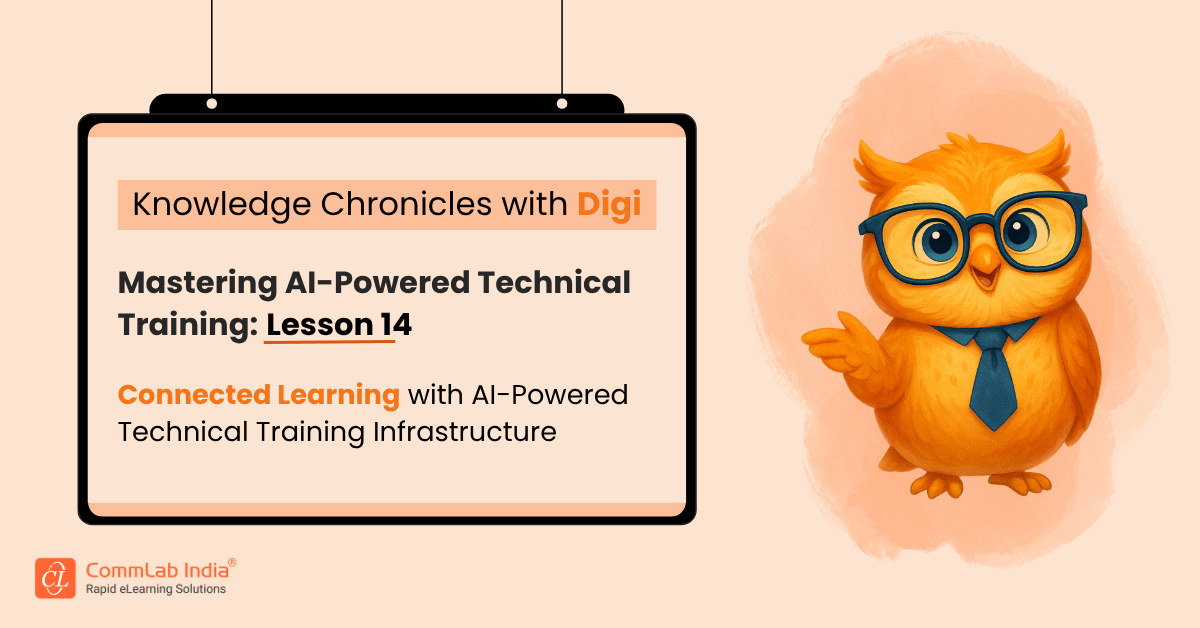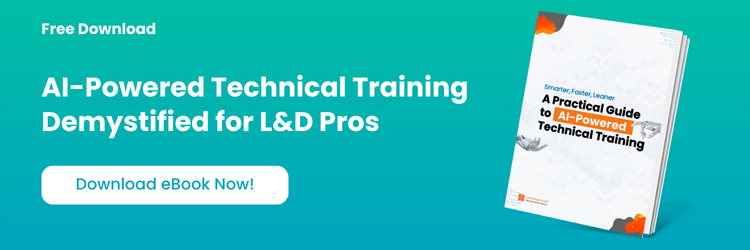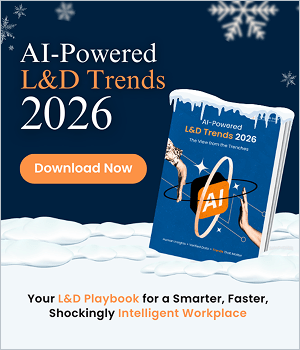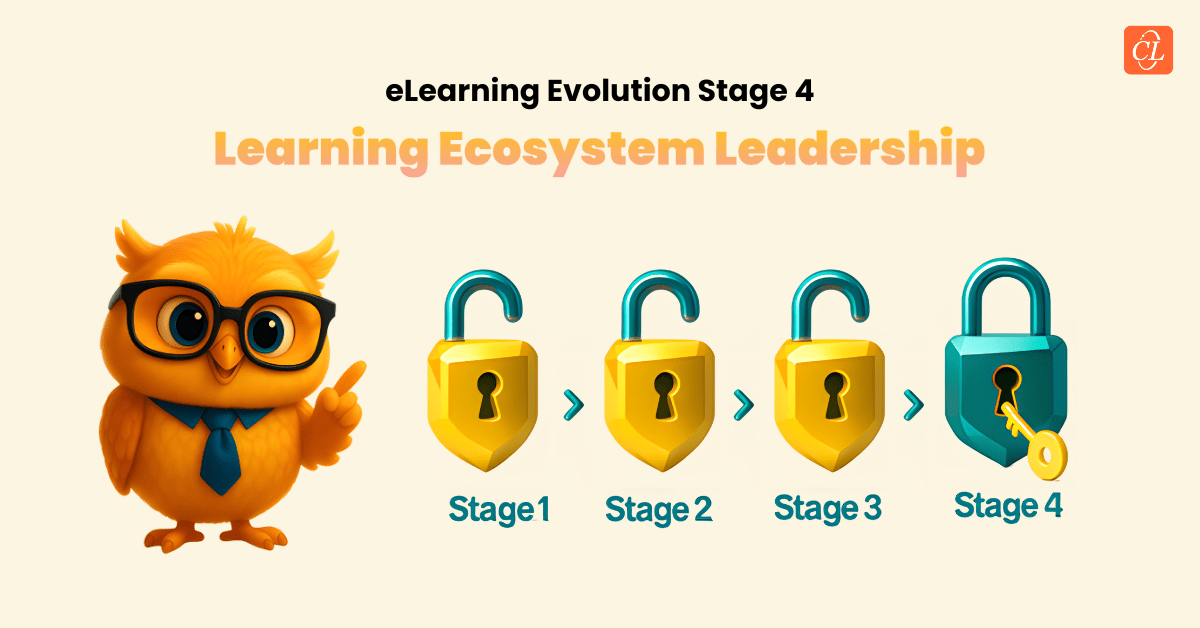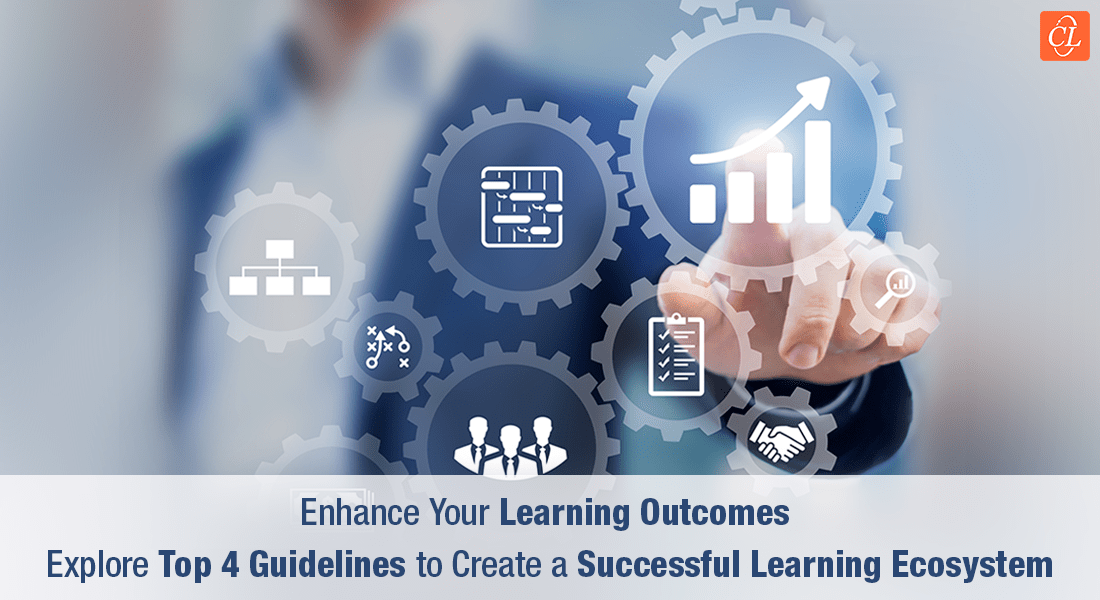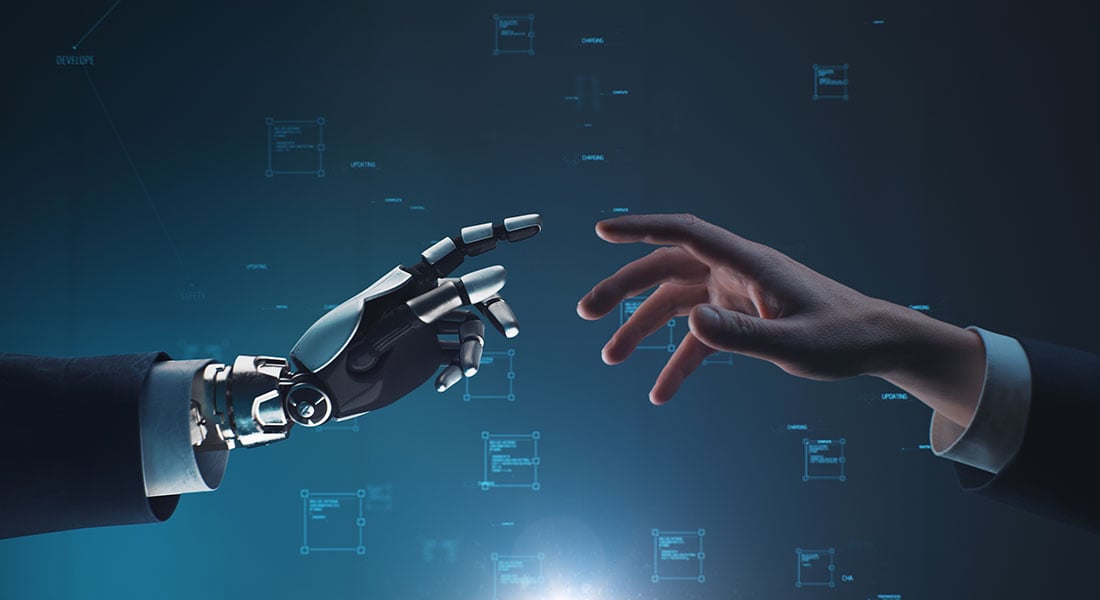Technical training used to be event-based: a course, a workshop, a certification. Once completed, the assumption was that learning had occurred. But for sales and service engineers operating in high-speed, high-stakes environments, this model is not just outdated—it’s ineffective.
The complexity of today’s products, the diversity of customer use cases, and the constant updates to tools and procedures require something more robust: a learning ecosystem. And with AI, that ecosystem becomes smarter, more responsive, and far more scalable.
Download eBook: AI-Powered Technical Training
This blog explores what a modern learning ecosystem looks like, why it’s essential for technical training, and how AI technologies are transforming every layer of it—from content generation to personalization to performance tracking.
Table Of Content
- What is a Learning Ecosystem?
- What are the Gaps in Traditional Training Systems?
- What are the Building Blocks of an AI-Enhanced Learning Ecosystem?
- Case Study: Engineering Equipment Manufacturer
- How to Get Started
What is a Learning Ecosystem?
A learning ecosystem is more than a collection of courses. It’s an interconnected framework of people, tools, content, and data that supports continuous learning and performance improvement.
For sales and service engineers, this ecosystem must:
- Provide knowledge in the flow of work
- Support onboarding, upskilling, and troubleshooting
- Adapt to the learner’s role, context, and knowledge level
- Evolve with the product, market, and customer needs
Watch how to turn your training vision into a high-impact learning ecosystem.
What are the Gaps in Traditional Training Systems?
Legacy training systems often suffer from:
- Siloed content: Hard to find, harder to apply
- One-size-fits-all courses: Irrelevant to many learners
A Forbes analysis emphasizes that learning must become “individually personalized and at scale” to be effective — a clear indication that generic frameworks no longer suffice.
- Minimal reinforcement: Knowledge fades quickly
- Limited insight: No visibility into learner performance or application

What are the Building Blocks of an AI-Enhanced Learning Ecosystem?
Which Core Elements Power a Successful AI-Enhanced Learning Ecosystem?
Here are the essential pillars that make an AI-enhanced learning ecosystem truly effective:
- Knowledge Capture & Curation
- Role-Based Content Delivery
- Continuous Reinforcement
- Searchable Knowledge Repositories
- Simulation & Practice Environments
- Performance Analytics
Let’s look at the core components and how AI enhances each:
1. Knowledge Capture & Curation
- Use AI transcription tools (e.g., Otter.ai, Fireflies) to record SME sessions
- Summarize content into job aids, QRGs, and microlearning assets with ChatGPT
- Tag content automatically for easier search and retrieval
Outcome: Learners get what they need, when they need it, without combing through manuals.
2. Role-Based Content Delivery
- Use AI to analyze job profiles, regions, and performance metrics
- Deliver tailored learning paths (e.g., onboarding for junior field engineers vs. refreshers for experienced service reps)
- Recommend content based on usage patterns and peer learning behaviors
Outcome: Content is always relevant, never redundant.
3. Continuous Reinforcement
- Schedule spaced learning quizzes via platforms like MaxLearn or Qstream
- Use nudges and notifications to keep knowledge fresh
- Deploy scenario-based reinforcement generated with AI
Outcome: Knowledge sticks, especially under pressure.
4. Searchable Knowledge Repositories
- Build AI-enhanced knowledge bases with tools like Guru or Notion AI
- Enable natural-language search: “How do I reset the pressure sensor on Model X?”
- Keep content updated through AI-assisted review cycles
Outcome: Field engineers get accurate, on-demand support without submitting tickets.
5. Simulation & Practice Environments
- Use AI to generate realistic troubleshooting simulations
- Enable voice-based roleplays with AI chatbots
- Analyze learner choices and provide adaptive feedback
Outcome: Engineers practice decision-making before they ever touch real equipment.
6. Performance Analytics
- Track content usage, assessment scores, and time-to-competence
- Use AI to detect skill gaps and recommend training interventions
- Create dashboards for managers to support coaching
Outcome: Training drives measurable performance improvements, not just course completions.
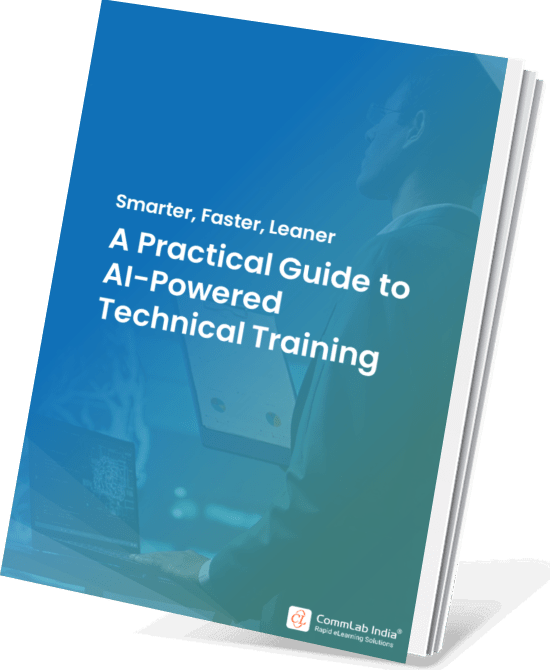
AI-Powered Technical Training – A Practical Guide
- Training formats that work best for technical learners
- 3-touchpoint model for seamless collaboration with SMEs
- Practical tools and templates
- And More!
Case Study: Engineering Equipment Manufacturer
An industrial equipment company built a learning ecosystem for 3,000+ sales and service staff across North America and Europe. Key components included:
- ChatGPT-assisted content creation from SME calls
- Smart LMS with role-based paths
- MaxLearn for reinforcement
- Synthesia for multilingual video content
- Notion AI as a dynamic knowledge base
Results after 6 months:
- 41% improvement in field issue resolution time
- 3x increase in voluntary content consumption
- 87% of engineers said they felt more confident on new product lines
How to Get Started
- Audit your current training landscape: What tools, content, and platforms are already in place?
- Map your learner journey: From onboarding to field mastery, what are the key touchpoints?
- Pick one AI enhancement to start: Don’t rebuild everything. Add AI transcription, search, or content generation first.
- Build feedback loops: Use data to refine, personalize, and evolve the experience.
Final Thought
A learning ecosystem is not a luxury. It’s the only viable solution for technical training in a world that never stops changing.
And AI isn’t just another tool in that system. It’s the connective tissue that makes the whole thing intelligent, adaptive, and scalable.
Sales and service engineers need more than access to training. They need support, insight, and guidance at every stage of their journey.
That’s what an AI-enhanced learning ecosystem delivers.
And that’s the future of technical training.

